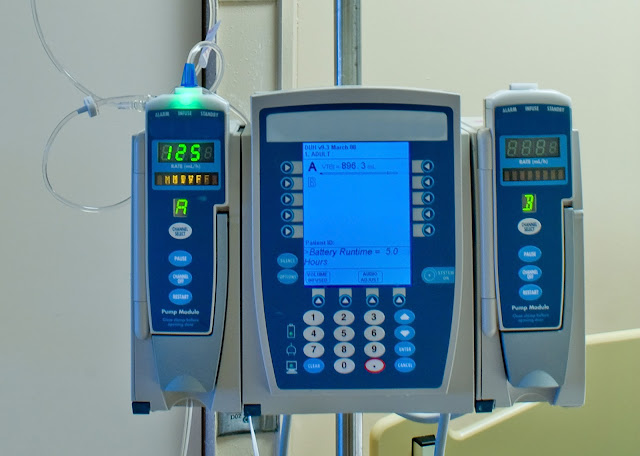Ion Exchange Membrane Playing A Role In The Field Of Electrochemical Applications
 |
| Ion Exchange Membrane |
Ion Exchange Membrane is essential components in various processes and
technologies, playing a crucial role in the field of electrochemical
applications. These membranes are engineered materials designed to selectively
transport ions while preventing the passage of other substances. They find
widespread use in areas such as water treatment, energy storage, fuel cells,
and electrolysis. Ion exchange membranes are composed of polymer-based
materials that possess the ability to exchange ions with the surrounding
solution. The most commonly used polymer for this is perfluorinated sulfonic
acid (PFSA), which exhibits excellent chemical stability and ion transport
properties. PFSA membranes, such as Nafion, are known for their high proton
conductivity and have been extensively employed in proton exchange membrane
fuel cells (PEMFCs) and other electrochemical devices.
According To Coherent Market
Insights, The Ion Exchange
Membrane Market Was Valued At USD 833.7 Million In 2021, And From
2022 To 2030, It Is Projected To Increase At A CAGR Of 4.38%.
The
structure of an Ion Exchange Membrane
is crucial for its performance. These membranes consist of a dense polymer
matrix with functional groups that can interact with ions. The functional
groups are responsible for ion selectivity and transport properties. Cation
exchange membranes (CEMs) contain sulfonic acid (-SO3H) groups that facilitate
the transport of cations, such as protons (H+), while anion exchange membranes
(AEMs) contain quaternary ammonium (-NR3+) groups that allow for the transport
of anions, such as hydroxide ions (OH-). The ion exchange process occurs when a
solution containing ions comes into contact with the membrane. The ions of
opposite charge to the functional groups in the membrane are exchanged,
resulting in the migration of ions through the membrane. This selective ion
transport is critical for various applications. For example, in water
treatment, Ion Exchange Membrane can
remove specific ions from a solution, leading to the purification of water. In
fuel cells, these membranes enable the separation of fuel and oxidant streams
while facilitating the transport of protons for electricity generation.
Membranes
serve as selective barriers in Membrane
Separation processes, enabling
some components to flow relatively freely while retaining others. In a membrane
contactor, the membrane's role is to act as an interface between the two
phases; it does not regulate the pace at which permeate passes through the
membrane. Microfiltration, ultrafiltration, nano filtration, and reverse
osmosis are the available separation techniques.
One
of the key properties of Ion Exchange
Membrane is their ion conductivity, which is related to their ability to
transport ions through the polymer matrix. The conductivity of the membrane
depends on factors such as the degree of hydration, ion mobility, and the
presence of any structural defects. High ion conductivity is desirable for
efficient ion transport and optimal performance of electrochemical devices. Another
important aspect is the selectivity of membranes. Cation exchange membranes
should exhibit high selectivity towards cations and low permeability to anions,
while anion exchange membranes should show the opposite behavior. This
selectivity ensures the separation of desired ions and prevents unwanted
cross-contamination between compartments or solutions.
For
More Details On Ion Exchange Membrane Visit: Https://Blogmatrix15.Blogspot.Com/2023/06/Ion-Exchange-Membrane-Market-Overview.Html
You Can Also Read Press Release:
Https://Www.Coherentmarketinsights.Com/Press-Release/Ion-Exchange-Membrane-Market-4694



Comments
Post a Comment